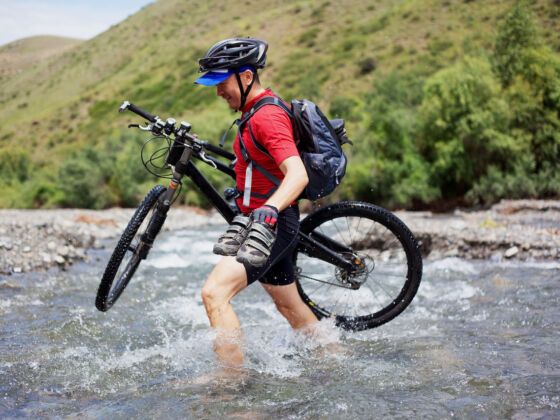Before you cross
Think about weather conditions. If it’s rained during the past few days, the water level may be higher than usual, and it may be a good idea to wait for it to drop before you cross.
Otherwise, it starts with scouting. Crossing a river takes time, and searching for a good place to ford will make things immensely easier…and could save your life.
